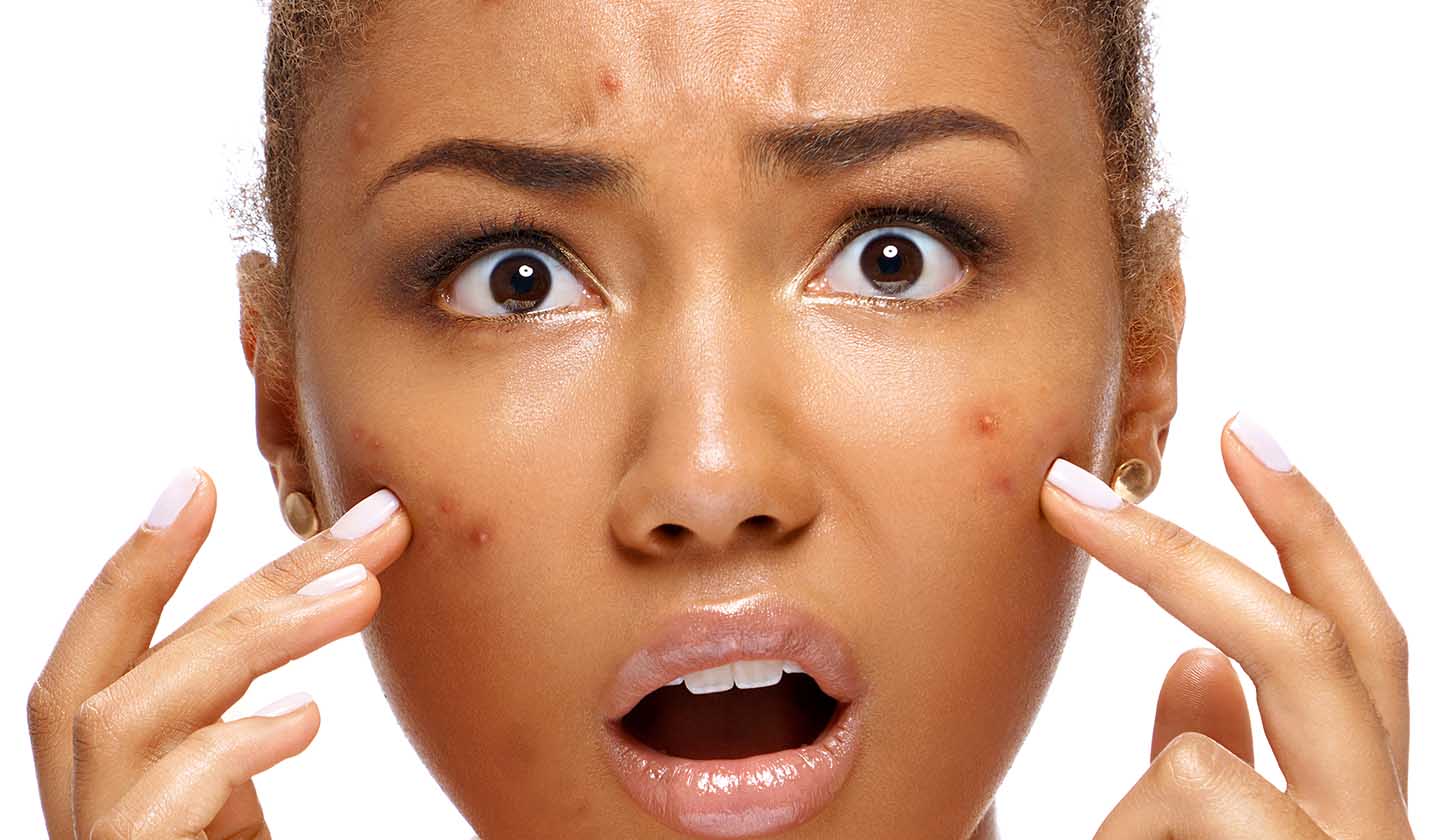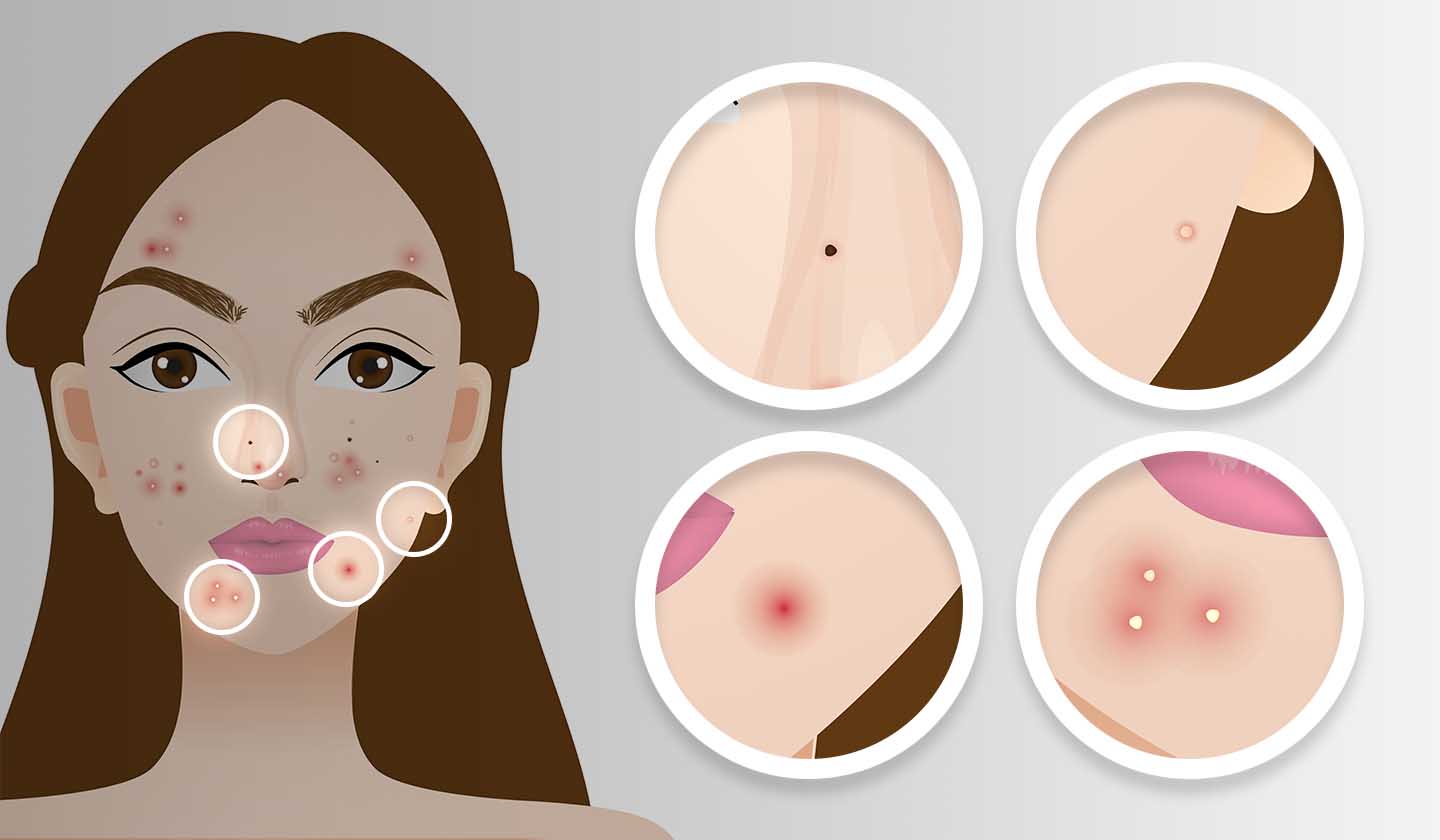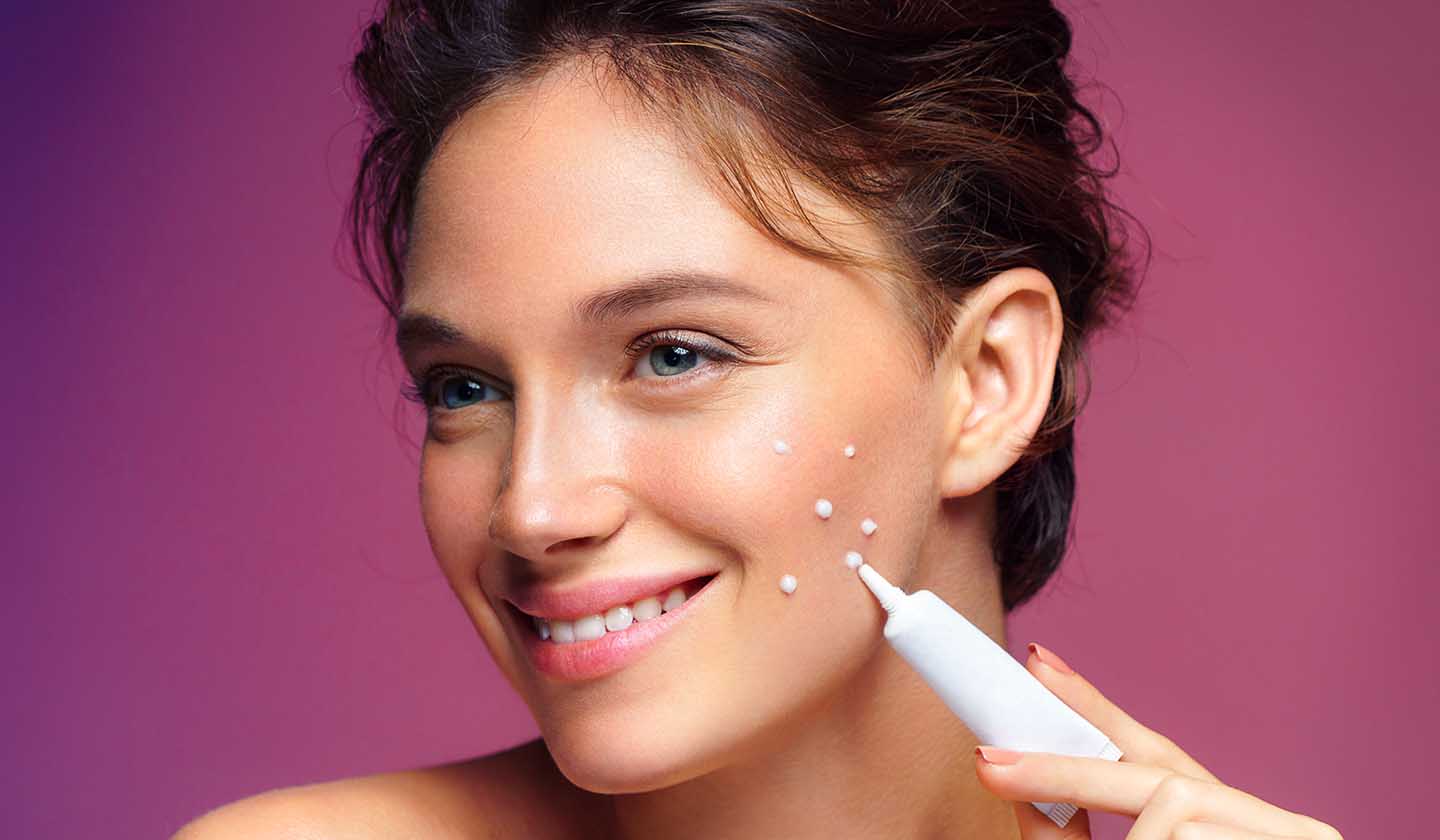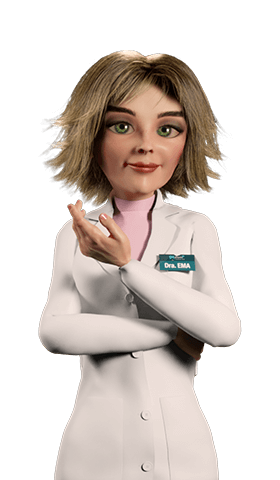Dermatology
War on terror of any teenager - Acne

Acne is one of the most prevalent skin diseases worldwide. This condition is more frequent among adolescents; however, it may persist until 20 or 30 years of age. Acne is not restricted to adolescence. In fact, its prevalence in adulthood (30 - 40 years) has increased and is known as late acne.
Although this condition is not serious, it may have a psychological impact accompanied by low self-esteem and self-confidence, sadness, and anxiety, that can lead to social isolation.
How does acne form?
Acne is an inflammatory disease of the pilosebaceous follicle (a skin structure that produces hair and sebum) with a multifactorial cause. However, there are 4 determining factors:
- Excess sebum production (sebaceous hyperplasia);
- Hardening of the outer layer of the skin (follicular hyperkeratosis);
- Skin inflammation;
- Bacterial accumulation of Cutibacterium acnes.
This condition is associated with oily skin; however, oily skin does not always develop acne.
Due to hormonal influence changes occur at the pilosebaceous follicle level, that predispose to the appearance of acne.

Symptoms
At an initial stage, the skin presents excessive oiliness and becomes brighter, and may later show other symptoms that include:
- Blackheads (open comedones) - occurs when sebum reaches skin surface and oxidizes in contact with the air, becoming black;
- Whiteheads (closed comedones) - caused by the sebum accumulation under the skin;
- Papule (or “red pimple”) - red and hot area around the whiteheads;
- Pustule (or “pus pimple”) - inflammation with purulent content;
- Cysts - hard and protruding capsule or sac-like structure, typically filled with a liquid, that suffer from several breakouts.
The above-mentioned clinical symptoms may not be present at the same time and thus, there are 3 types of acne:
- Non-inflammatory acne - in case of blackheads and whiteheads;
- Inflammatory acne - in case of papules and/or pustules;
- Nodule-cystic acne - nodules and cysts that are trapped in the skin.
The latter requires medical follow-up.
The most affected body parts are the face, neck, shoulders, chest and back because it is where pilosebaceous follicles can be found in quantity.
In the case of late acne, the affected body parts are different. Lesions on the chin, around the mouth and on the cheeks are more common.
Aggravating factors of acne
Acne is caused by an excess of sebum production and the hardening of the outer layer of the skin.
There are factors that can aggravate this condition, such as:
- Drugs (corticoid drugs, androgens, lithium, oral contraceptives);
- Hormonal changes during pregnancy;
- Cosmetics not suitable for the skin type;
- Menstrual cycle;
- Die - foods with an increased glycaemic index (high in refined cereals and sugar) can increase inflammation;
- Stress - it does not promote acne formation, but when suffering from this condition, stress can aggravate the symptoms.
- Excessive hygiene can aggravate acne; a smooth skin routine is preferred.

Treatment
The pharmacological treatment used depends on the acne type and severity degree, with both a topical and an oral form of medication.
For the skin affected areas, medicinal products that reduce acne thickness and prevent its formation can be used as a topical form of medication. For instance:
- Benzoyl peroxide 5% - apply a thin layer on clean skin, once a day.
- Azelaic acid 20% - apply twice a day (morning and evening) on clean skin.
These drugs should be taken with care given that its excessive intake can cause hair and tissues discolouration.
In case of a more severe acne condition, medical advice should be sought.
The treatment should be prolonged, without noticeable results until four to eight weeks of treatment.
To complement the pharmacological treatment, a daily skin care routine should be followed using dermocosmetics adjusted to the skin type in question.
Sources
iSaúde
Farmácia Distribuição Magazine
Também lhe poderá interessar
Nourish your skin
Dermatology






